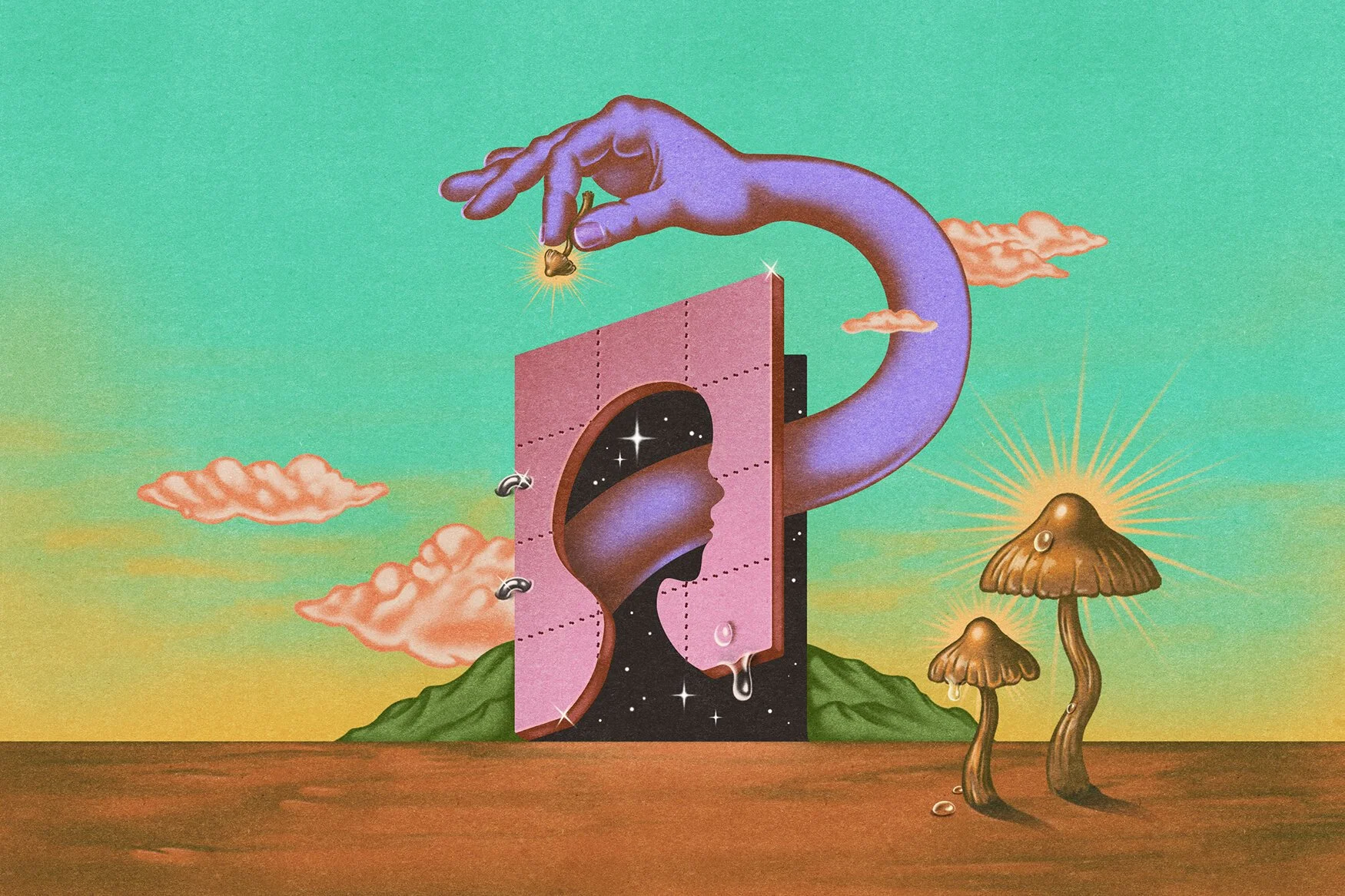Drug talk: From Chill to Thrill—What’s the Deal?
In this article I am going to dive deep into the different types of drugs, how they affect you, and where governments draw the line between helpful and harmful.
First off, let’s clarify something. There are 7 different types of drugs, each with different psychological effects that make each category extremely unique. Let’s take a look.
1. OPIOIDS
Drugs that are naturally derived from the opium poppy flower. These drugs affect the opioid receptors in the brain, an area that is part of your central nervous system.
The main function of opioids is to “depress the central nervous system” meaning that they slow down the messaging between brain and body (ADF.org).
Examples : Fentanyl, Heroin, Oxycodone.
3. CANNABINOIDS
Yes, you might be thinking about marihuana… BUT these are not the only drugs that fall under this category, there is more to it.
Cannabinoids is the general name for every chemical substance that in one way or another affects the cannabinoid receptors of the body/brain.
These types of drugs are broken down into 2 subsections, CBD and THC:
CBD: chemical with anti-psychoactive effect that controls the ‘high’ of cannabis.
THC: most commonly known chemical for the psychoactive (hallucigen) effects of cannabis.
Examples include: Butane hash oil, Medical cannabis, synthetic cannabis
5. STIMULANTS
ALL ABOUT SPEED. These types of drugs have the extreme effect of making the messaging between the brain and body be 2x (sometimes even more).
Which makes sense that Caffeine is at the top of the list. BUT also, you have cocaine, ICE and nicotine being a part of this category.
Think about it, Caffeine and Crack are part of the same drug family, woah.
However, it is important to consider that addiction is really easy to fall into when it comes to this category. Your brain becomes a fan of the constant firing of neurons that stimulants trigger, and is likely to crave it soon after its effects end.
7. PSYCHEDELICS
Best for last. Psychedelics have become the conversation of the decade due their wild controversy.
As science progresses, evidence suggests they might not be so bad after all. Were the hippies right? Let’s take a look.
First off, these drugs are hallucinogens, they will certainly change your perception, mood and the way you interpret the world around you.
( This is why people on psychedelics may say things like “I can hear colors”)
Magic Mushrooms?
They naturally occur in trees, seeds, fungi and leaves. Many of them are actually part of religious traditions of cultural tribes and native people (THINK: Mexican peyote that produces similar effect to LSD).
Magic Mushrooms are one example of psychedelics, others include: LSD, Mescaline, Ayahuasca
2. DEPRESSANTS
Think alcohol. The main function of these drugs is to reduce arousal and stimulation, meaning you become less aware of the environment around you.
Making you a sloppy walker and being unable to look someone in the eye is exactly the main function. “Affecting the coordination and concentration of a person, making them more relaxed and less ‘present’”
(Of course the long term of effects of these types of drugs are horribly irreversible to the brain)
Examples: Alcohol is one of the main forms of depressant drugs, but others include: Kava, GHB, Benzodiazepines.
4. EMPATHOGENS
**Empathogens are the perfect example of what I mean when I say different types of drugs HAVE VERY different effects on the brain.
Think of it like this… Empathogens = Empathy
Crazy enough, these types of drugs increase a person’s feeling of empathy towards others, feeling socially accepted, playful, connected, and welcomed by others.
How they work: cause the release of dopamine and serotonin (happy hormones in the brain) that control areas like mood, sleep and appetite.
However (reality check disclaimer), the downside effects of these drugs are NO joke.
Examples include: Ecstasy (also known as MOLLY), Ethylone.
6. DISSOCIATIVES
Here is where it starts to get a bit funky. Psychedelics… a human mystery.
Dissociatives are a type of psychedelic drug, sometimes referred to as dissociative anesthetics because of their STRONG effect of making people feel detached from their bodies (insane?!).
These types of drugs are all about hallucinations, consciousness alterations, thoughts and emotions.
Examples include: Ketamine, Nitrous Oxide, Methoxetamine
(chemicals on top of chemicals on top of more chemicals)
The bottom line:
We kind of have it all wrong when it comes to drugs. There is such wide variation between the effects and stimulations that all have that it is quite wrong to categorize everything as harmful…
In recent years governments and scientists around the world have dedicated more time to diving deep into understanding the reactions that the body has to drugs, in hope of creating safer, helpful drugs that create better quality of life for humans.
Keep it simple (and safe) and DON’T DO DRUGS.

